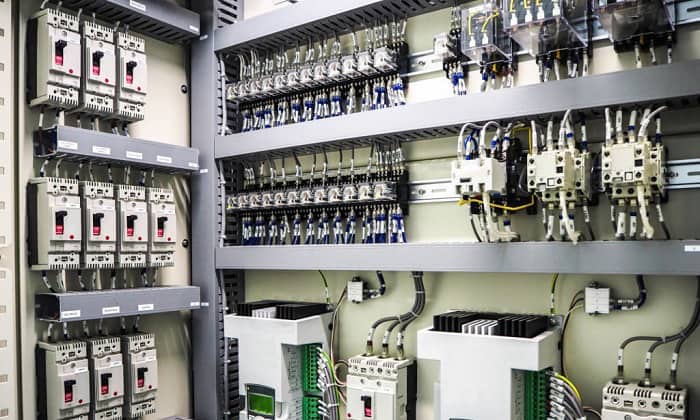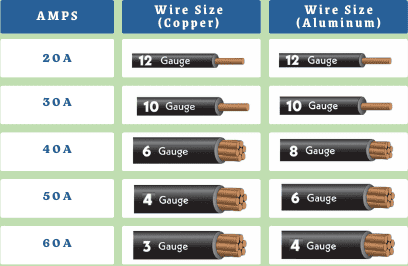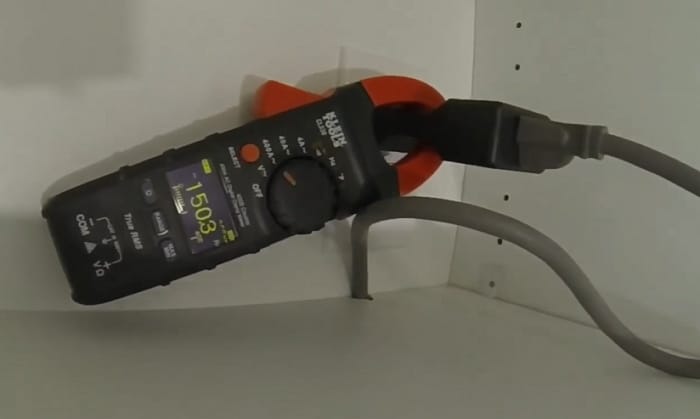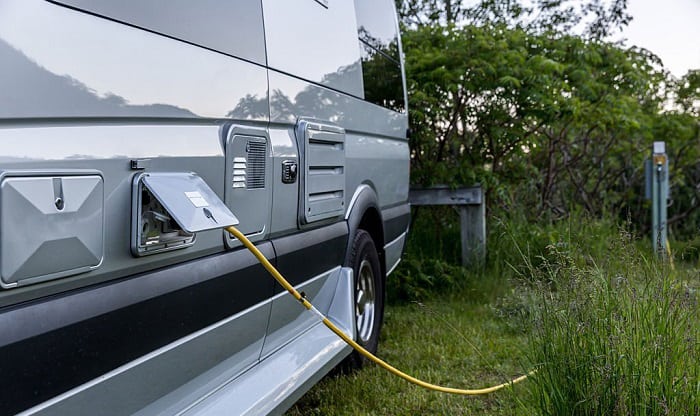Whether it’s for a standard home or an RV service, I’ve had folks ask me, “What size wire for 50 amps at 150 feet?” from time to time. Since voltage drop will likely come into play in such situations (wire lengths over 100 feet), I recommend a larger 4-gauge copper wire instead of the standard 6 gauge wire 50 amp guideline.
Following this advice will prevent your wires from burning and damaging the main panel or subpanel.
Continue reading for a more detailed explanation.
Table of Contents
How to Get the Correct Wire Size for 50 Amps Circuits Spanning 150 Feet
Your standard wire size chart will tell you that 6 AWG wire, which is rated for 55 amps, should be the wire size for 50 amp circuits.
At 50 feet, that should be fine. You can consider that as the maximum limit for how far will 6 gauge wire carry 50 amps safely.
You have to remember that charts don’t account for distance, only ambient temperatures.
150 feet already go past the 100-foot guideline used by engineers. Any run at 100 ft and above will result in a significant voltage drop (around 3% to 5%), so the wire size needs to be upgraded to the next size.
This rule of thumb, while not found in the NEC, is used by plenty of electrical engineers and included as notes in their diagrams.
Others will anticipate the drop by adding 20% to the wire capacity for every 100 feet, which is just fine, since we’ll also arrive at the best 50 amp wire size given above. Because the run reaches 150 feet, we need to add 30%.
Wire Size and Materials for a 50-Amp Circuit
Factoring in the 30% amp increase, we get the following equation:
\[ 50 \, \text{A} \times 1.3 = 65 \, \text{A} \]
Now, look at the wire size chart again, and you’ll see that the ideal copper wire size to use is, indeed, 4 AWG, which is rated for 70A.
4 AWG copper wires should be used for a standard 220V circuit at 150 feet, even though some electricians will say that you can still theoretically use a 6 AWG wire for that run. Keep in mind that the higher 4-gauge recommendation anticipates the risks and additional loads you may have.
Don’t be surprised if you get the same recommendation from electrical engineers and electricians you happen to ask this question to.
Can you use aluminum wires? Of course! If you go back to the chart, you’ll see that you’ll have to use 3 AWG as 50 amp aluminum wire.
You’ll have to anticipate the downside of aluminum wires, though, like the fact that they don’t handle much current per square inch and the specialized way in which they’ll have to be installed.
Depending on your setup and considering the distance, you will likely need the following basic materials for your circuit:
- Conduit
- Bends and elbows
- Couplings
Does the Same Wire Size Apply to RV Setups?
Yes, 4 gauge wire for 50 amp with a run of 150 feet is also the correct answer for this question. Some will even recommend 4 AWG wires for an RV with a 240 volts 50 amp plug spanning 60 feet.
Still, that may already be overkill, especially if you’re well aware that you won’t be consistently drawing 50 amps even if all your loads are turned on.
This underlines the importance of knowing the exact current you’re dealing with. Some RV owners make estimations and say their RVs are rated for 20 amps, 30 amps, 40 amps, or 100 amps.
In most cases, there’s no harm in that since oversizing wires isn’t really a big problem, though wires aren’t exactly cheap.
But if you really want to get a more vivid picture of your RV’s needs and what wire you really need to use, I recommend using a clamp meter or multimeter to figure them out.
Using a clamp meter is relatively straightforward, as this video demonstrates:
Ultimately, getting real-time measurements is still way better than relying on guesswork to figure out the amperage and putting it into a wire size calculator.
What Happens if You Use the Wrong Wire Size?
Your wires will likely burn out and melt due to the increased heat. Incorrect sizing also results in a setup where voltage drops abound, which is never optimal for any wiring system. You can even end up damaging your equipment and appliances.
Conclusion
To wrap up my answers to “What size wire for 50 amps at 150 feet?” feel free to use either a 4 AWG copper or a 3 AWG aluminum wiring for 50 amp breaker. It’s not recommended to use 6 AWG copper wires.
Always confirm your load requirements and the exact distance of your cable before deciding on the wire size. Perform calculations and use measuring devices such as clamp meters and multimeters to ensure you’re using the most suitable gauge.
Read next:

I am Edwin Jones, in charge of designing content for Galvinpower. I aspire to use my experiences in marketing to create reliable and necessary information to help our readers. It has been fun to work with Andrew and apply his incredible knowledge to our content.





